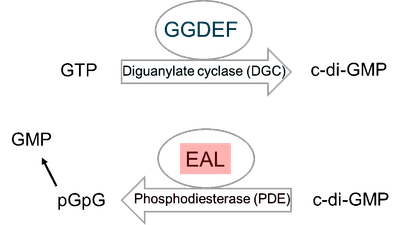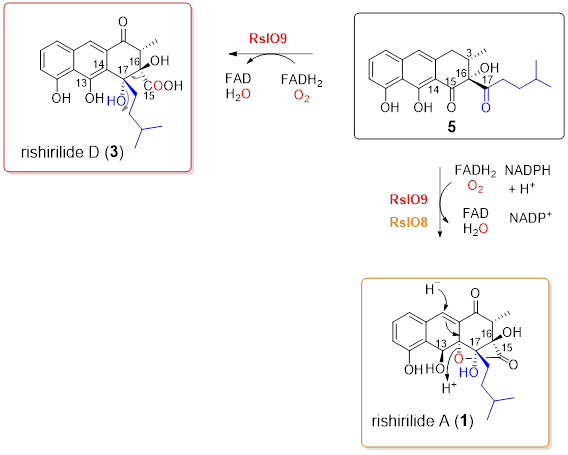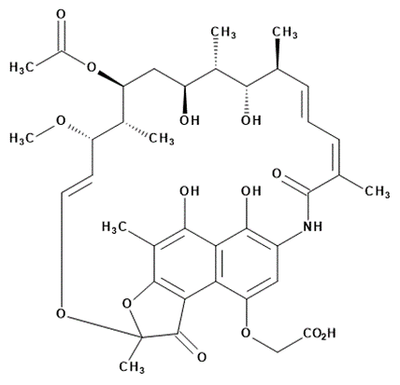Research
Main research topics of our group
The most important scientific goal of our group is to generate new antibiotically active compounds or to find them in nature and to develop methods of producing these natural products in amounts up to 100 mg. To achieve this goal, we are working on the following projects:
Search for new actinomycetes in insects
The microbiome of insects has not yet been studied very intensively. Nevertheless, it is known that insects are colonized by sometimes quite specific bacteria. Recently, we have started projects to identify and characterize actinomycetes in insects. The focus is on bees and bark beetles, which we are studying together with a Freiburg beekeeper and a Freiburg forester, respectively..
Awakening "silent biosynthetic gene clusters" using regulatory genes
Antibiotic biosynthesis genes in actinomycetes are all closely present together on a small section of the chromosome. This is referred to as a "biosynthetic gene cluster." Of about 30 gene clusters localized in an actinomycete genome, usually only a small number are brought to expression. To activate the unexpressed (silent) gene clusters, we are investigating the function of regulatory genes in order to target them for cluster activation. Our studies currently focus on c-di-GMP forming (diguanylate cylases) and degrading (phosphodiesterases) enzymes (Figure 1).

Figure 1: c-di-GMP forming and degrading enzymes
Characterization of unusual biosynthetic enzymes
Enzymes that catalyze unusual reactions are repeatedly found in biosynthetic gene clusters. One example is the enzyme RslO9, which catalyzes a rearrangement during rishirilide biosynthesis (Figure 2). Elucidating the precise function of these enzymes is the basis for later using such enzymes as tools in biotechnology

Figure 2: Baeyer-Villiger oxidation catalyzed by RslO9
Production of new drugs by means of "combinatorial biosynthesis
Biosynthetic genes can be targeted to produce new antibiotics. For many years, we have used glycosyltransferase genes to generate new glycosidated drugs. We also used self-designed glycosyltransferase genes whose substrate specificity was altered. Currently, we are focusing on oxygenase genes, but their potential for "combinatorial biosynthesis" is still being explored.
Production of a producer that can manufacture 24-desmethylrifamycin in large quantities
The antibiotic rifamycin can be used to treat tuberculosis. Unfortunately, in many countries of the world, the pathogens (Mycobacterium tuberculosis) of tuberculosis are resistant to the antibiotic. Prof. Dr. R. Lal of New Delhi developed a strain that produces 24-desmethylrifamycin (Figure 3). This compound can be partially synthesized into derivatives that are also active against resistant germs. Unfortunately, the antibiotic is produced only in very small quantities. Currently, we are trying to modify the strain so that it is able to produce 24-desmethylrifamycin in large quantities.

Figure 3: Structure of the antibiotic 24-desmethylrifamycin B.

